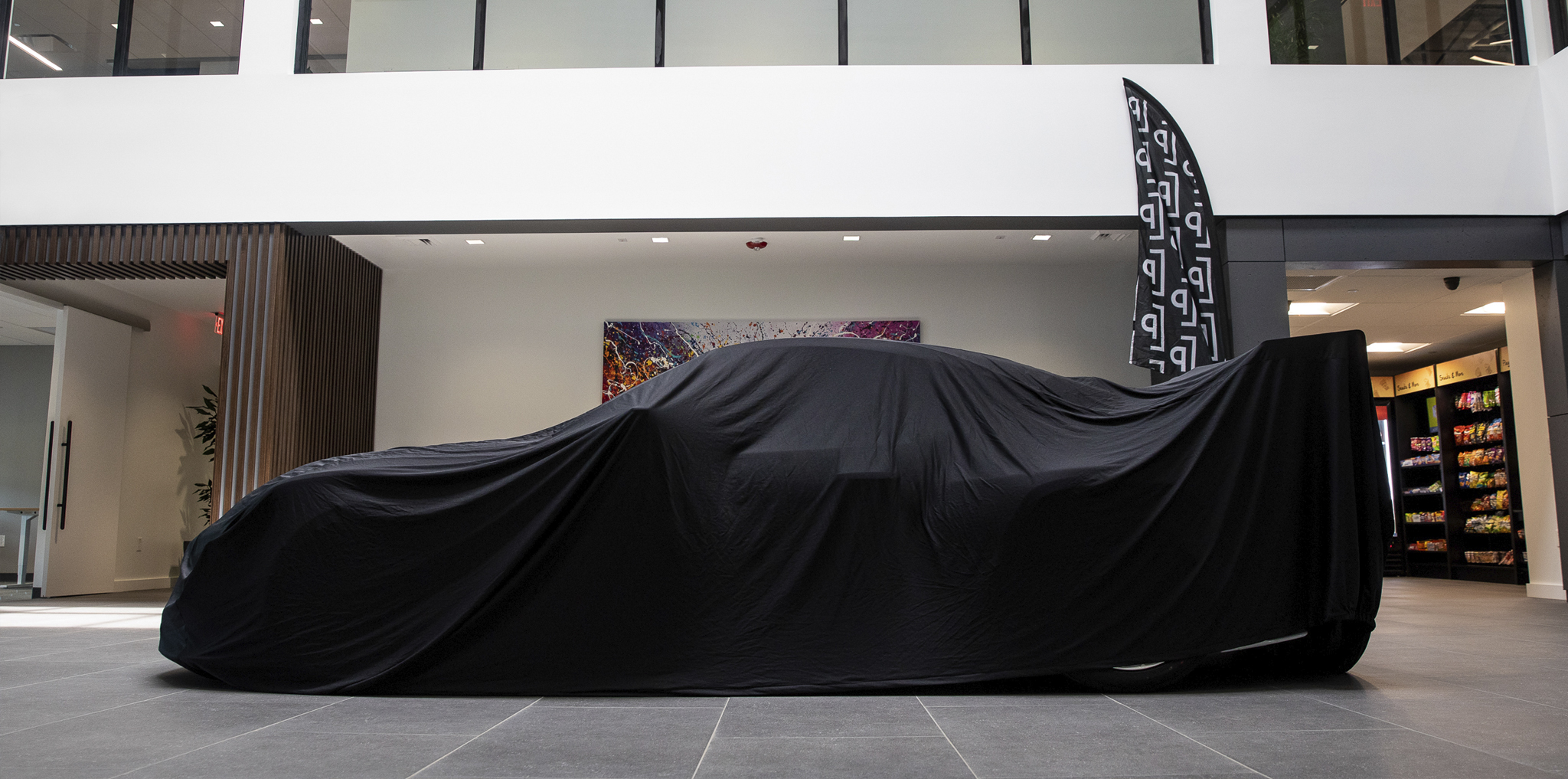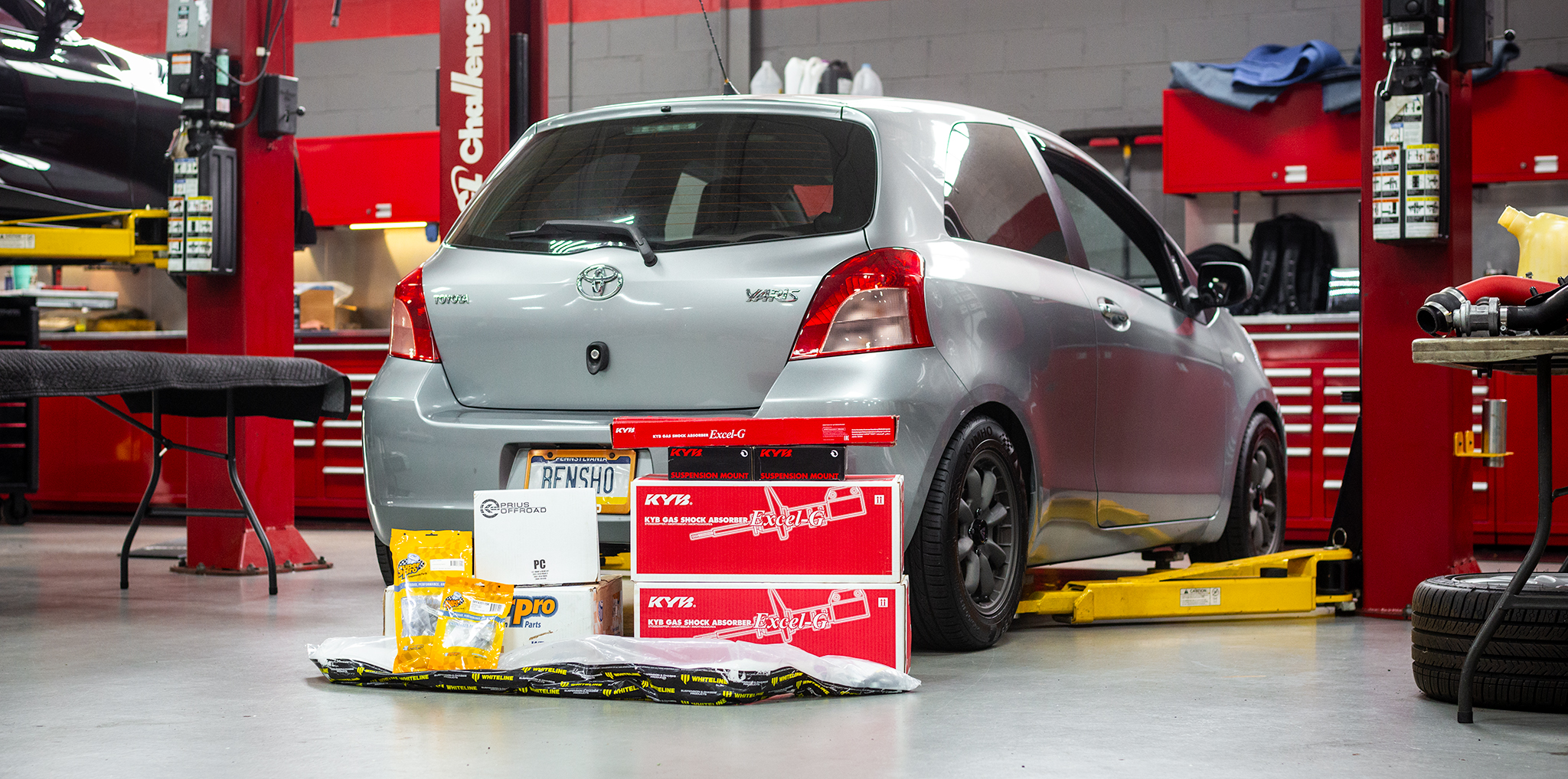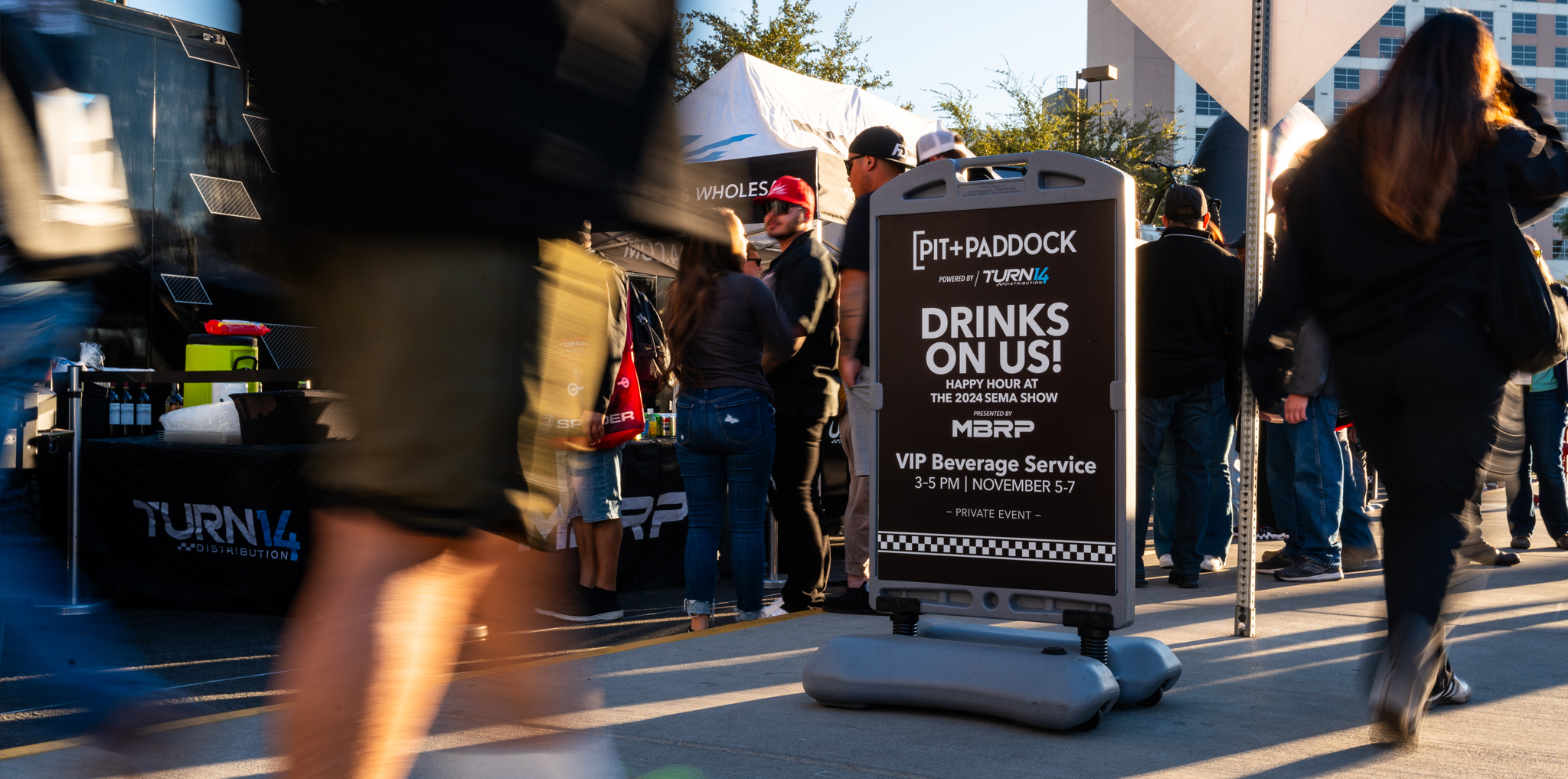- “Staff Picks” chooses one hypothetical car topic and polls the Pit+Paddock team for the best possible answer.
- The first inquiry focuses on the ever-popular project car case but caps the budget at 10K for an interesting, and budget-friendly twist.
More often than the mods themselves, car enthusiasts spend at least a portion of their waking hours thinking about “what if’s”. These scenarios — especially at Pit+Paddock HQ — can span the gamut of tangible to lottery-winning level ludicrousness, but everyone can agree that they are, at the very least, fun conversation starters.
After the millionth hypothetical, we decided to sit down and finally record these sessions. The first of many “Staff Picks” considers a wallet-friendly conundrum: what project car would we tinker with for under $10,000?
Ryan Webb – Ford Mustang GT 4.6L (S197)
Without question, one of my favorite hypotheticals to discuss, the beautiful round number of $10,000 left me with three platforms to decide between. It came down to the Nissan 350Z, the Series II Jaguar XJS (the one with the good electronics, think late ‘80s), and my ultimate choice, the Ford Mustang GT 4.6L (S197) chassis. There are two main reasons I choose this platform; the first informs the second.
The first is, point blank, I am a diehard Mustang fan. I like to think this is genetics as my grandmother had not one, but two beautiful stallions in her lifetime. Long before I was even a thought, she had bought a 1965 Tuxedo Black convertible over diner red vinyl seats. She traded that in for a 1972 Mach 1 Sportback finished in blue that I was very close to owning 2 years ago. There are certain cars that I feel we enthusiasts pledge loyalty to, and the Ford Mustang is a nameplate that I swear I will own one day.
The second major reason for my choice is the intended purpose of this sub-10K vehicle. Being a part of the Pit+Paddock team, I’ve been directly exposed to drift culture in a way that I previously did not have access to. As a result, the idea of a relatively affordable and uniquely “me” drift build has been at the forefront of my obsessions. The 3V S197 cars are not just affordable to get into; there are seemingly endless options for aftermarket modifications at a relatively affordable price. These cars are also no strangers to the drift circuit as I remember in the early days of Formula DRIFT, a certain FALKEN Tires liveried S197 making waves amongst the JDM icons. My approach would be simple; plain white paint and make it as subtle as possible. Think Steve McQueen’s Bullitt Mustang goes to drift school.
Brandon Cody – Acura TSX Sport Wagon (CW2)
I will take this question and relate it to what I’m currently going through. I already have my ideal project car under $10k, which is a 1992 Nissan 240sx. I daily drive a 2004 Toyota 4Runner that I love. I got the V8 version because I tow my drift car with it, and it’s excellent for my two Siberian Huskies. It’s a perfect daily for me. But not all fantastic things end well. My frame is rusting out, and there’s no way around it. I’ve researched everything. You can get a frame and swap it out, but that will cost around 8-10K. It’s not worth doing that because I bought this for $5800. I plan to slap some metal on the frame and run it to the ground. With this decision, I’m in the market for a new daily.
I would never buy a car and not modify it. Even daily’s are project cars. My answer to the question we have all been waiting for is a 2011-2012 Acura TSX Sport Wagon. This car is a dream car for me. I have wanted one since I drove my boss’s car back in 2014. The Acura TSX Sport Wagon is a version of the CL-series Honda Accord Tourer station wagon. These things are the bee’s knees. These come equipped with 2.4L inline four-cylinder engine (the Honda K-Series engine for all the enthusiasts listening in), Sequential SportShift 5-speed automatic transmission, and four-wheel independent sports suspension. This car is an Acura, the more luxurious version of Honda in America. The vehicle has a beautiful leather interior, a good sound system with a subwoofer in the back, a switchblade key, which I think is cool as shit, an automatic close hatch, etc. The only downside of this vehicle is the automatic transmission. BUT the Honda Accord came in a manual option, so if I were to buy this car. I consider it a project car because, ideally, I would like to manual swap it and slap a turbo on it down the road. Then I would have a manual TSX wagon that’s powered by a Turbocharged K24.
Kyle Crawford – Chevrolet Corvette (C5)
When posed with picking a hypothetical project car under the $10,000 mark, I simply leaned back in my hypothetical chair, put my hypothetical feet up on my hypothetical desk, and chose the SXE10 Lexus IS300 — or so I thought. You see, this one hits home as I’m currently in the very real internal dilemma of looking for my next project car with a budget of about $10,000. To cap it off, I’ve been looking for just the right IS300 for several months now — to no avail. For the sake of this discussion, I will say why I would have chosen the IS300 and why I actually didn’t.
The project car in this scenario doesn’t have any budget cap over time, so it’s not like I needed to keep it cheap as the end goal, but the IS300 is just so capable out of the box. A manual iteration with a six-speed W58 transmission is rare but available; it comes stock with a 2JZ-GE (non-turbo) VVTi inline-six and pumps out 218hp. Nobuaki Katayama was the lead engineer on the IS300, a crucial engineer in creating the famed AE86 Corolla. In its overseas Altezza form, it was raced hard by elite professional drivers in the Altezza N1 Cup, so it has pedigree, too. If I wanted to make a top-speed car, I could build the head and turbocharge the engine for significant gains — 2JZ-GE tuning parts have made major strides in recent years, and pumping big power numbers is easier than ever. If I wanted to drift, it is ready right out of the gate. If I wanted to grip drive it, there’s tons of potential there, too. However, I decided I wanted to go with something slightly more surprising, so I’m switching my answer.
I’m going base C5 Corvette (probably autotragic transmission to satiate the under $10k rule). Hear me out, though. Equipped with the venerable 5.7-liter LS1, it makes 345hp! Everyone and their mom has been LS swapping cars for years now; why not just utilize the vehicle from which the engine is factory fitted? I can always put in a manual T56, CD009, or whatever I want because of the swap capabilities. I can drift it if I get an angle kit and hydro fitted. I can do track days with wheels, tires, suspension, and brakes. Also, I can beat the streets with a choppy idle and some pop-up headlights, getting all the compliments from the dads picking up charcoal for their barbecue. It’s a win-win.
Mike Maravilla – Lexus IS300 (SXE10)
In the crazy used car market nowadays, the magical $10,000 threshold for reasonably priced fun is a considerably narrower window compared to years past. We said goodbye to mainstays like the E36 M3, the 986 Boxster, the 944, and many more. But despite the craze, there are a handful of project cars that people continue to sleep on.
Of course, a project car is often synonymous with perpetuity — you’re in it for a reasonable entry fee — but the cover charge is a benevolent veil over the financial pain to come. That said, at the $10,000 mark, I think there’s another important question to ask: how reliable do you want your project car to be? I’d much rather spend my time enjoying and modifying the car I bought rather than endlessly tinkering. As a result, my candidates have boiled down to the Honda EP3 Civic Si, the Mazda RX-8, and the Lexus IS300.
The first one isn’t far from reality — I actually bought this car a year ago for a scant $2,000 — and it continues to be amongst my favorite daily drivers for its balance between practicality and, crucially, reliable fun. You might scoff at the RX-8 being on this list after my song and dance about reliability, but in terms of driving experience, it still remains to be the closest thing to an S2000 you can buy for a fourth of the price. But the apple of my eye (maybe because I already own the EP3), continues to be the IS300. Here’s why.
The IS300 is, arguably, the closest the Japanese marque got to creating their Ultimate Driving Machine fighter. While the equivalent E46 has aged handsomely, the Altezza’s understated salaryman aesthetic has also stood the test of time well. But the seemingly endless and affordable aftermarket possibilities of the IS make it the more interesting project. And yet, despite being a stout platform for a multitude of activities (daily driving, show, drifting, etc.), it’s the one JZ-based car that hasn’t commanded astronomical money…at least not yet. A high-mileage Sportcross might just be out of reach, but a lowered, Vertex-kitted, manual-swapped wagon with R33 GT-R wheels would be the business. Is that so much to ask?
Garret Transue – BMW 330i (E46)
When posed with picking the ideal project car under $10,000, it didn’t take much thought. As a matter of fact, I’ve been asking myself the same question for the past 2 years! During sophomore year I sold my German dream car for a more reliable college commuter and had a gaping hole in my heart ever since. Now that I’ve transitioned from being a college student in the heart of Philadelphia to working full-time in the countryside, I’m excited to have the space and time to pick back up the wrench.
As I mentioned, this hypothetical situation isn’t all that hypothetical given my current situation, because I am currently searching for the chassis that is going to start my “career” in drifting: a BMW E46 330i sedan. I think a BMW E46 is the most versatile project car you can get under $10,000. Launch good ol’ Facebook Marketplace and get confronted with a sea of options. From shells, to fairly clean examples with a reasonable number of miles, many can be acquired within our limitations…as long as you’re willing to forego the bolstered-up M3 variant. Plus, the E46 chassis has been tested across all terrain and motorsport disciplines and it’s drift-capable enough in stock form. There is tons of information on the forums and YouTube tutorials out the wazoo when I’m ready for mods, but keeping the power low for as long as possible will subsequently keep maintenance costs low. And the familiar German engineering will keep the time I spend in the pits scratching my head to a minimum because when I start, it’ll be all about seat time.
Sam Du – Volkswagen GTI VR6 (MK3)
15 years ago, I was posed this exact question when I started my tenure at Super Street Magazine. As you can probably guess, my answers swayed heavily JDM with project car dreams of a Toyota Corolla (AE86), Nissan 240SX (S14), and Honda Civic (EK). While I still wouldn’t mind picking up any of these whips today, finding a clean example that hasn’t been beaten to death under $10K isn’t easy. Plus, after so many years of living and breathing Japanese cars, I feel like I’ve neglected my Euro roots for too long. It’s time to go back to the car that made me fall in love with the whole modified car scene in the first place, which is the VW GTI.
Now for those who know a little about me, you’ll remember that I keep a 2003 GTI 1.8T sitting in my garage. The Mk4 hatch was my first project car in college, then became a magazine build under the name “Project Silverstone”. After relocating to Los Angeles and building it up with a 2.0L stroker, big turbo, air suspension, and rebuilt BBS LM wheels, it laid dormant for nine years until this past February when I finally got it running again. I’ll admit, hopping back into the front-wheel-drive hatchback made me really miss the Volkswagen scene. Then it got me thinking about the car that I would’ve bought if it wasn’t for this Golf IV: the previous generation Mk3 GTI VR6.
You didn’t have to do too much to a Mk3 Golf to make them sexy. Throw on some Euro bumpers and VR6 chin spoiler, slam it on H&R ultra-low coilovers, and polish a set of BBS RS wheels, and the car looked as though it was plucked straight off the roads of Germany. I have fond memories of visiting Austria for the Worthersee Tour in 2003 and seeing hundreds of Mk3 Golfs and GTIs cruising around the lake. I was in awe of how gorgeous they looked.
Let’s not forget the sound of the 2.8L 12-valve VR6…First used in the Corrado and when paired with a high-quality exhaust (I was a fan of Techtonics Tuning back then), the deep rolling hum from the well-balanced inline-6 was music to the ears. It wasn’t the quickest hatch out there with a stock 172hp and 173 lb-ft of torque, but the tuning options were limitless with supercharger and turbo kits plentifully available. One of my first assignments at Eurotuner magazine was to test drive a 400whp turbo GTI from Kinetic Motorsports in Canada and I can still remember nearly shitting my pants as I peeled out the front tires to fourth gear.
Over the years, I’ve lost touch with my VW side, not just because I shifted over to Japanese cars but because Volkswagen as a manufacturer hasn’t produced the same exciting cars as the Mk3 and Mk4 GTI. These were the cars that made the Dub scene special to me, so if I somehow manage to save enough pennies in the next few years before the Mk3 GTI VR6 climbs up in price, don’t be surprised to see a little brother parked next to Project Silverstone!






































